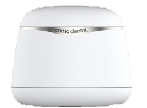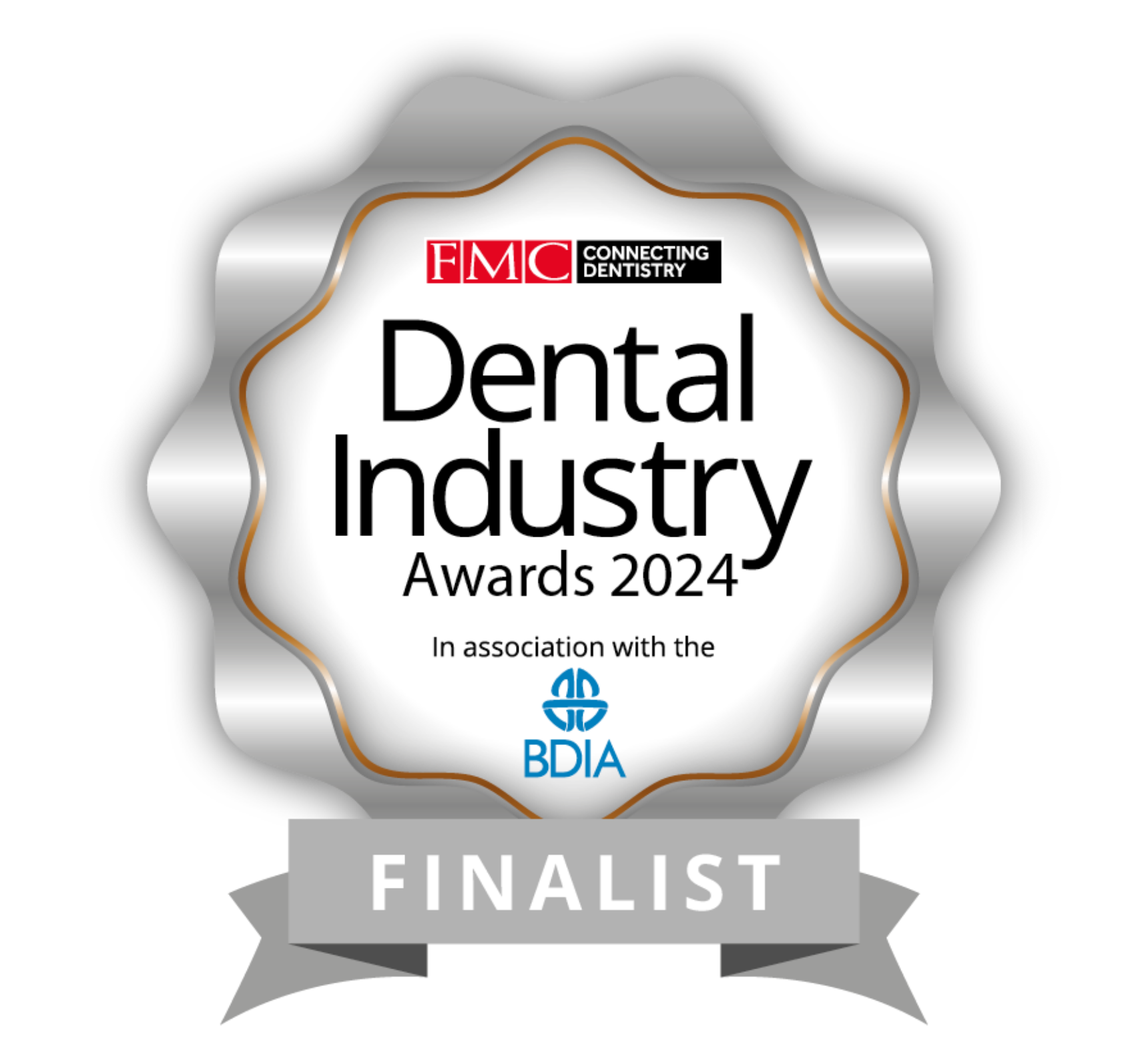What can Dentists use the Sonic Pro for?
What can patients use the Sonic Pro for?
Frequently Asked Questions
How do I disinfect my Sonic Pro in between patients?
Will The Sonic Pro cause damage to my indirect restorations?
Quite the contrary - ultrasonic baths have been shown in the literature as the gold standard method of cleaning your ceramics for adhesive dentistry. This then creates the optimal ceramic surface without residues, allowing superior bond strengths.
It is ideally recommended for etchable ceramics such as Lithium Disilicate (eg. eMax, LiSi) or feldspathic ceramic after HF etching stage.
Ultrasonic cleaning is not just a cleaning step — it is a critical part of surface preparation that ensures HF-etched lithium disilicate restorations achieve their full adhesive potential by removing amorphous silica, residual HF, fluorosilicates, loose particles, and contaminants. This step significantly improves the longevity and durability of the adhesive bond.
Is Ultrasonic Bath superior to using Phosphoric acid etch to clean your ceramic?
Yes - the evidence base is clear on this (see our references below).
The side effect of HF-etching is the formation of insoluble residual salts that precipitate and obliterate microretentions, which may significantly influence the bond strength values, confirming the need for post-etching cleaning.
Whilst rubbing phosphoric acid etch in to the ceramic surface for 30 seconds, followed by rinsing, is a recognized protocol, it will achieve inferior bond strengths to using the gold standard cleaning of ultrasonic bath in distilled water for 3 minutes (which is why the Sonic Pro timer is perfect).
Can I clean multiple crowns/veneers at the same time?
Yes, there is plenty of space to clean multiple indirect restorations at once. At the same time, the design is compact and suitable for dental operatories.
How long does the cleaning cycle take?
The Sonic Pro features 2 cleaning modes - standard and deep clean. The standard clean cycle takes 3 minutes and is ideal for cleaning your ceramic restorations prior to silane application.
You’ll hear a faint buzzing while it’s working. When the buzzing stops, your ceramic is sparkling clean and 99.9% free of residues, allowing you to reach the highest bond strengths.
The deep clean (5 minutes) can be used to clean other appliances as the application of the Sonic Pro is vast - it is also helpful to show patients this option of cleaning their occlusal appliances, dentures, aligners and retainers (and even tooth-brush heads).
How is the Sonic Pro powered?
| Model Name | Sonic Pro |
| Plug | US / CAN / UK / AUS / EU |
| Rated Power | 20W |
| Rated Voltage/Current | DC12V 2A |
| Ultrasonic Frequency | 43KHz |
| U.V-C Light | 200-280 Nanometers |
| Noise | ≤65dB(A) |
| Timer | 3mins/5mins |
| Control Type | Touch Control |
| Product Size | 122mm(L)× 122mm(D) × 100mm(H) |
| Tank Size | ø80mm x 45mm(H) |
| Capacity to "Max" | 165ml |
| Main Material | ABS+304# Stainless Steel Tank |
| Certificates | FCC,CE,C-Tick(EMC),ROHS |
What solution should I use to clean my ceramic restorations?
The evidence base supports the use of distilled water or 95% alcohol.
Either can be used safely with the Sonic Pro. Distilled water is cheap, pragmatic and easily accessible.
If using 95% alcohol (or acetone), a good 'hack' is to place the ceramic restoration in a small ziplock bag or glass jar with the alcohol - and then the sealed bag/jar can be immersed in water inside the Sonic Pro.
This will reduce how much alcohol you need and the energy will be transferred to effectively clean your ceramic.
Why Choose Sonic Dental?
Ultrasonic & UV-C Dental Appliance Cleaner
 Sonic Pro
Sonic Pro
 Other Ultrasonic Devices
Other Ultrasonic Devices Toothbrush
Toothbrush Sterilising Tablet
Sterilising Tablet“
The surface of my ceramics never looked better and my inner-geek is satisfied. Plus my nurse approves of it’s look and size!”
Jaz Gulati
Reading, UK
Lab Tested and Proven
The device has been lab tested against various forms of fungus and bacteria - including E.Coli, Staphylococcus Aureus and Candida Albicans - and has been shown to kill 99.9% of them.
Please see tables to the right from lab testing reports GZF22-022410-01 and GZF22-022410-02
Bacteria Testing Report: Staphylococcus aureus ATCC 6538
Sample ID: GZF22-022410.001

Bacteria Testing Report: Escherichia coli 8099
Sample ID: GZF22-022410.001

Bacteria Testing Report: Candida albicans ATCC 10231
Sample ID: GZF22-022410.001

Notes:
1. Test time: 5 Minutes
2. The sterilization is carried out in accordance with the product instruction
3. *The calculation formula of Killing Rate is [(A-B)/A]*100%
References
- dos Santos, D. M., Bitencourt, S. B., da Silva, E. V. F., Matos, A. O., Benez, G. C., Rangel, E. C., Pesqueira, A. A., Barão, V. A. R., & Goiato, M. C. (2020). Bond strength of lithium disilicate after cleaning methods of the remaining hydrofluoric acid. Journal of Clinical and Experimental Dentistry, 12(2), e103–e107.
- Bruzi, G., Carvalho, A. O., Giannini, M., Maia, H. P., & Magne, P. (2017). Post-etching cleaning influences the resin shear bond strength to CAD/CAM lithium-disilicate ceramics. Applied Adhesion Science, 5(1), 17.
- Magne, P., & Cascione, D. (2006). Influence of post-etching cleaning and connecting porcelain on the microtensile bond strength of composite resin to feldspathic porcelain. Journal of Prosthetic Dentistry, 96(5), 354-361.


























